Where I Work: Inside C.O. Bigelow Apothecaries in the Village, the oldest pharmacy in the country
See inside
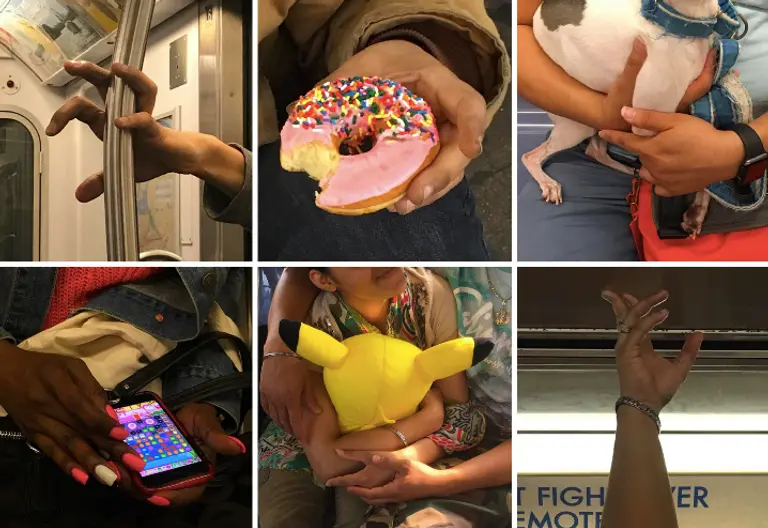
6sqft’s series The Urban Lens invites photographers to share work exploring a theme or a place within New York City. In this installment, Hannah La Follette Ryan shares photos from her “Subway Hands” Instagram account. Are you a photographer who’d like to see your work featured on The Urban Lens? Get in touch with us at [email protected].
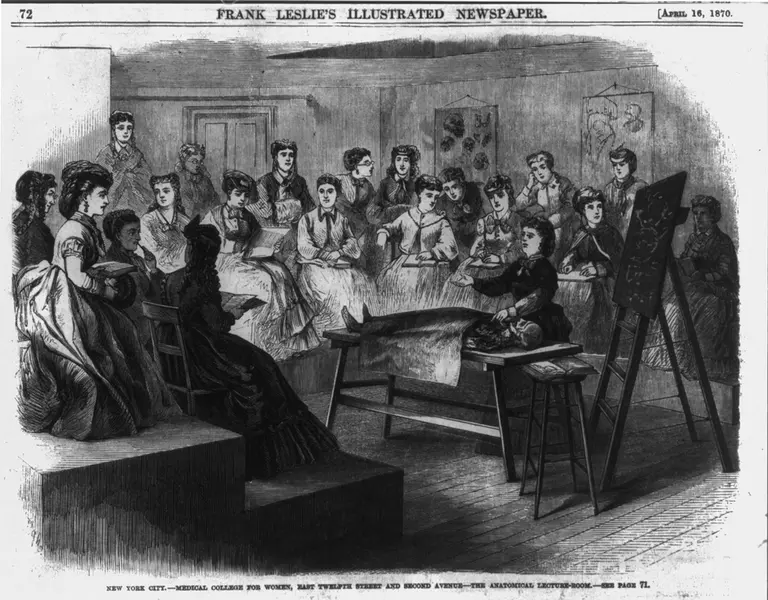
An 1870 newspaper illustration of Elizabeth Blackwell giving an anatomy lecture alongside a corpse at the Woman’s Medical College of New York Infirmary. Courtesy of the U.S. Library of Congress.
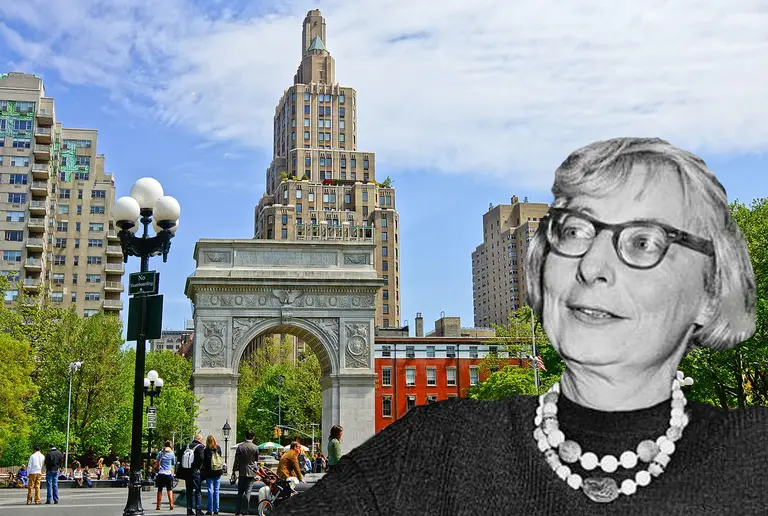
Washington Square Park via Wiki Commons; Jane Jacobs via Wiki Commons
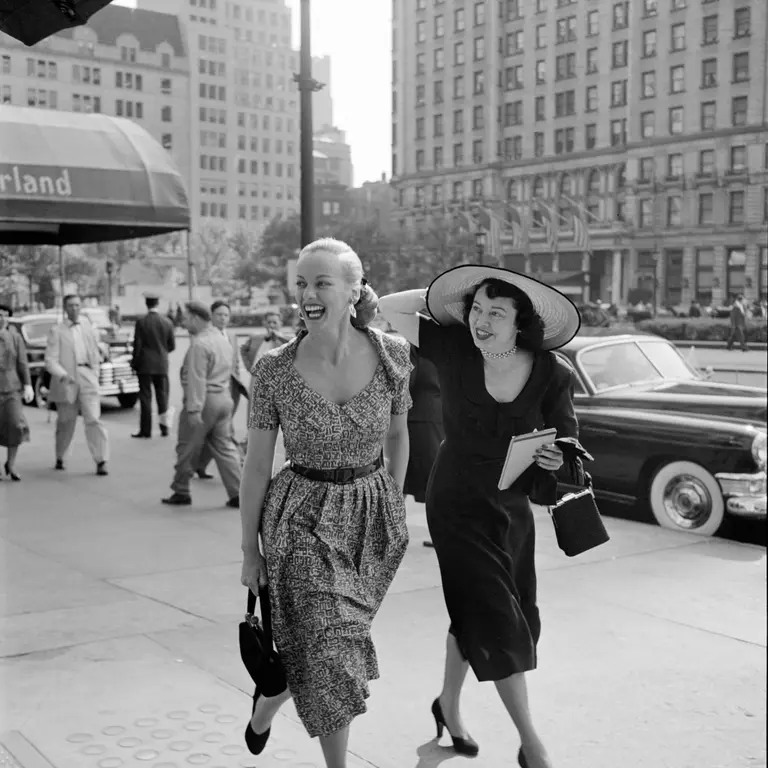
Stanley Kubrick, from “Faye Emerson: Young Lady in a Hurry,” 1950. © Museum of the City of New York/SK Film Archive, LLC
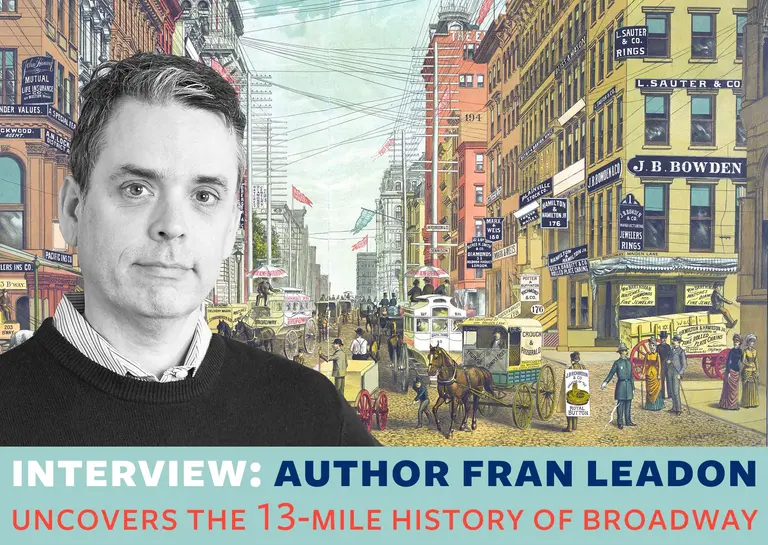
Photo of Frank Leadon © Katherine Slingluff
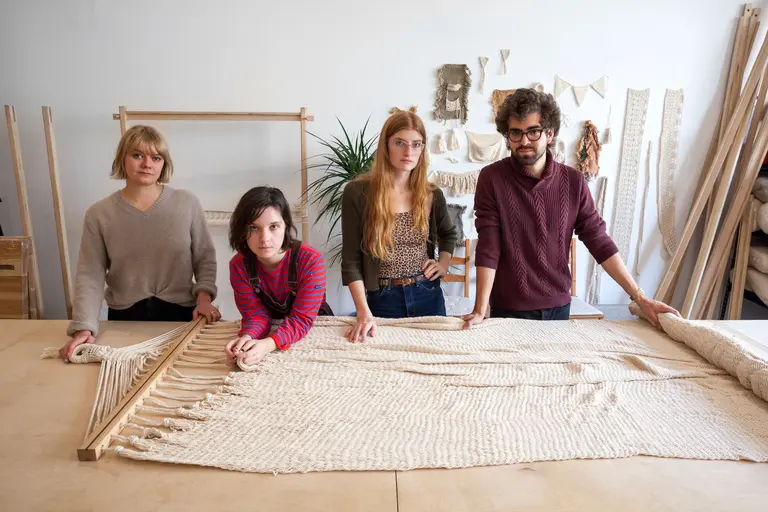
The pouch team, L to R: Textile Designer Taylor McMahon; Fabricator Emma Cook; Design Director Melissa Riling; Founder/CEO/Design Director Robert James Ramirez
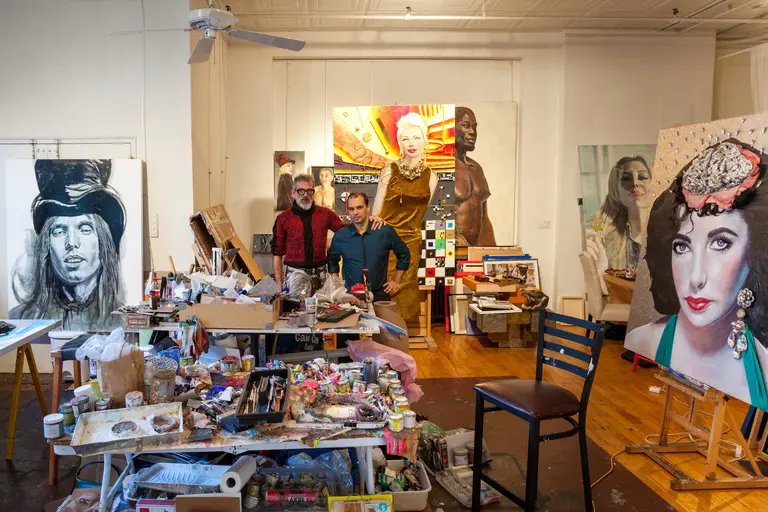
David Mandel (L) and Serge Strosberg (R) in their studio, photo by James and Karla Murray
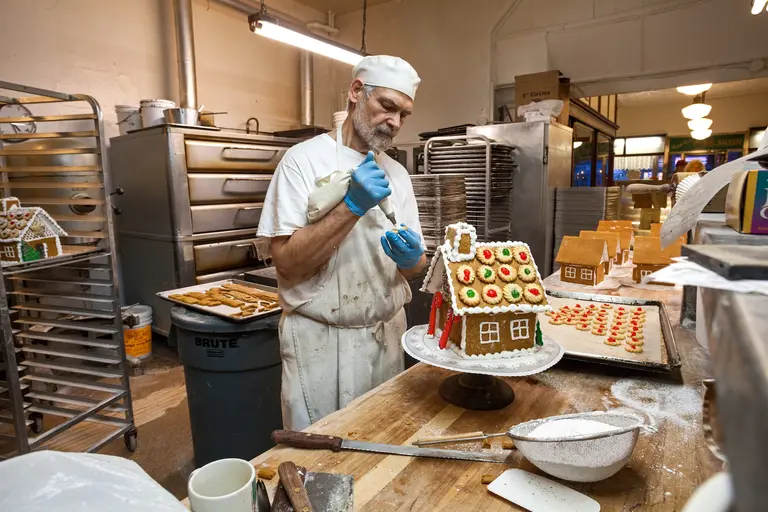
All photographs © James and Karla Murray for 6sqft
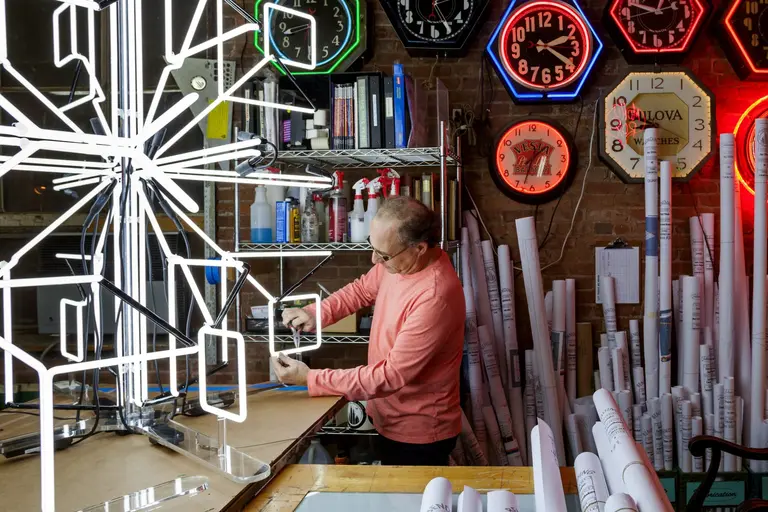
Owner Jeff Friedman works on a neon snowflake for a holiday display that went up in Uniqlo’s Fifth Avenue flagship store